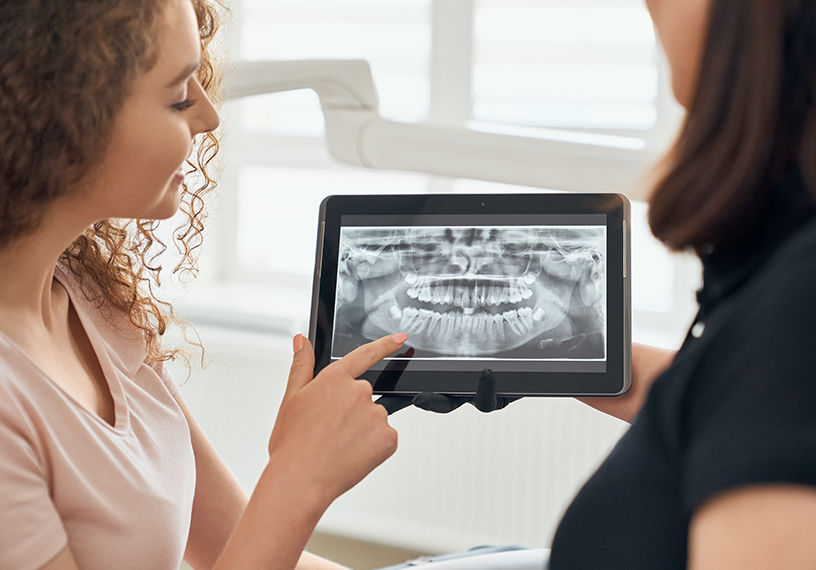
Digital Dentistry: Perfect Smiles with Modern Technology
Digital dentistry refers to the advanced technology used in dental treatments and smile design. This technology enables faster, more effective, and more precise results by transferring diagnostic and treatment processes in dentistry to digital platforms. CAD/CAM (Computer-Aided Design and Manufacturing) systems, digital X-rays, intraoral cameras, and 3D imaging techniques are commonly used tools in this field.
What Are the Advantages of Digital Dentistry?
- Speed and Efficiency: Digital technology significantly speeds up treatment processes and provides physicians with more accurate information.
- Less Invasive: Thanks to advanced diagnostic tools, areas requiring intervention can be more clearly identified, enabling less invasive treatments.
- Personalized Treatments: Treatment plans can be customized according to the patient's oral structure and aesthetic expectations.
- Advanced Visualization: Patients can see what the results will look like before treatment using 3D models and better express their expectations.
How is Digital Dentistry Done?
The treatment process begins with taking a detailed digital scan of the patient's mouth. This scan creates a three-dimensional map of the teeth and jaw structure. Next, the teeth are designed using CAD/CAM software, and these designs are produced in a dental laboratory using ceramic or composite materials. Advanced software and hardware ensure perfect fit and aesthetic results, especially in complex restorations and implant procedures.
